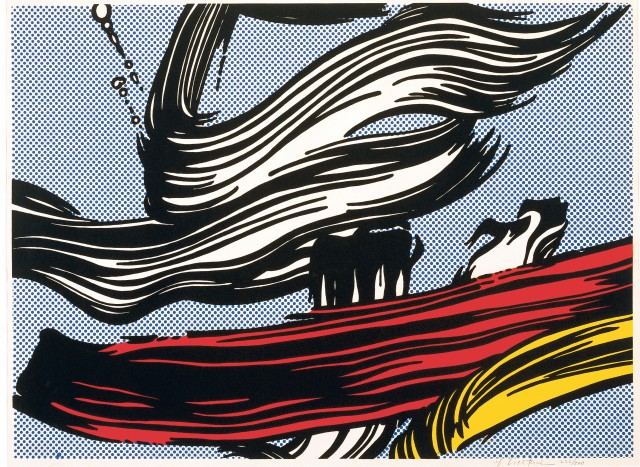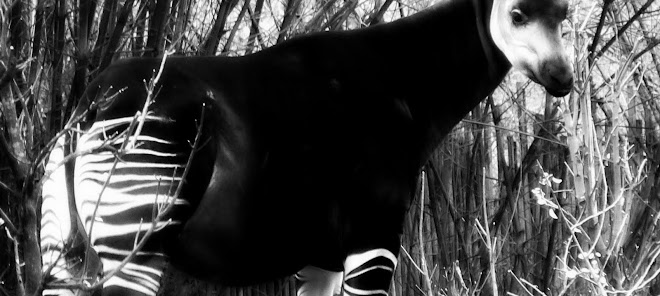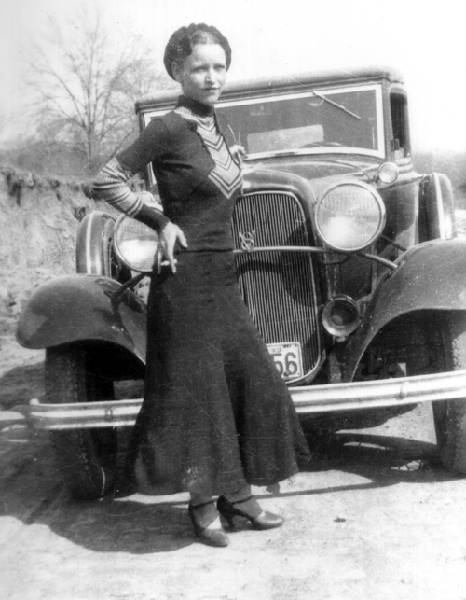Despite a vast range of styles, genres, and artists, the medium of tattoo has long been dominated by the use of a black outline to define image's cloisonné-style pockets of color. This "black line," both practical and ubiquitous, for me has always marked an ineluctable aesthetic element, just like sculpture's three-dimensional nature or, by contrast, painting's flat canvas surface.
 |
| Abstract foot tattoo. Image from wwwamandawachobtattoo.com. |
Because of the strict adherence to the back line convention within the tattoo community, Amanda Wachob's tattoos are easily identifiable in their complete abandonment of that line. In only nine years of tattooing, Amanda has developed a distinct painterly style unlike that of any other artist in the medium. In fact, her abstract tattoos, marked by the twisting and coalescing of many photo-realistic "brushstrokes" have become a trademark of sorts, completely unique and wildly popular and undoubtedly contributing to her limited availability and hefty price tag. With a discerning hand and the ability to create abstract works ranging from "acrylic" paintings with bold and saturated colors and solid drops to black and white "ink" creations that could be found on 700-year-old hanging scrolls, Amanda's tattoos look as if they can be easily wiped off the skin with some soap and a rag.
|
 |
| (Image from wwwamandawachobtattoo.com) | |
|
In an article written about her work for a New York Times blog, Hilary Greenbaum writes that Amanda's painterly style first emerged out of a research obsession with the Abstract Expressionist movement. She quotes Amanda in saying "'I was looking at a lot of Hans Hofmann, thinking about the squares and rectangular shapes in his paintings. I wondered if these shapes were dictated by his rectangular canvas? And if he were going to make an abstract painting that wasn’t on a rectangle, but perhaps on an organic form like an arm, what would the shapes look like?" (Greenbaum)
 |
| Hofmann, Indian Summer, 1959 |
Although Amanda's abstract brushstrokes immediately call to mind the abstract painters of this movement, her works and those of the 1950s operate under completely different conceptual frameworks. For some AbEx critics, namely Harold Rosenberg, paintings served as mere records of the artist's motion, the movement of paint-dipped brush on canvas. The work was the recording of the gesture. Whole Amanda's works are records of movement, the meticulous, slow, and cutting motion of the tattoo gun is drastically different from the sweeping gesture implied by its product.
Another critic and the so-called "czar" of AbEx criticism, Clement Greenberg, praised abstract painting because it eliminated imagery from the final product, which made the painting
only the celebration of paint's effects on canvas without the distraction of a created picture. For Greenberg the flatness of canvas dictated the images painted upon it, which were not to show illusionary space. Three-dimensionality was what sculptures did. Realism was accomplished best through photographs. Painting should be flat and abstract always because different materials should only attempt to do what they could do BEST. (Or so he decided...)
 |
| Above: Amanda Wachob's Schiele Quotation (from www.amandawachobtattoo.com) |
|
|
|
 |
| The original painting from 1910. (Google Image Search) |
So what would Greenberg have said about tattoo? Though in the 1950s, tattoos were still taboo for "normal" folks, I would venture to guess that he might have said that tattoos were meant to look like tattoos, with their own styles, their own aesthetic guidelines. Just as Amanda said, I think Greenberg would have agreed that tattoos should always exploit their property of being created upon "organic forms," being shaped to complement their surface and drawing attention to the fact that they were embedded within the skin. In short, I think Greenberg would have also celebrated the faded black line as a quintessential and idiosyncratic element of tattoo.
I also think that Clement Greenberg and Harold Rosenberg, the champions of Abstract Expressionism, though they disagreed with one another, would have both HATED the work of Amanda Wachob. Tattoo marauding as painting? Preposterous! Indeed Amanda's tattoos abandon those traits that have come to characterize the medium, instead adopting those that have come to represent a completely different substance. In the same way the Pop artist Lichtenstein famously used Ben-Day dots to imitate the look of a paint stroke, creating a seemingly spontaneous stroke from a mechanized and systematic method of production, Amanda uses stable and permanent substance over the course of many hours to render an image that looks fleeting and ephemeral.
 |
| Example of a Lichtenstein brushstroke from the mid 1960s |
| Even Amanda's representational works bear the markings of a painter's hand and eye. From quotations of artistic masterpieces like Egon Schiele's baby (pictured above) to tattooed interpretations from photographic references like her Chickadee, Amanda's work displays a mastery of subtle coloring and varying textures. In the Chickadee alone, Amanda juxtaposes areas of great detail and precision like in the bird's beak and legs with a smudged effect on its wing. Not only the image seem like a pastel drawing or watercolor but the overall image wholly captures a bird's light and delicate body with the intricate details necessarily found on such a small and complex creature. Synesthetic representation! |
|
|
|
 |
| My favorite: (Image from wwwamandawachobtattoo.com) | |
Though tattooists have always considered tattoo an art, Amanda's work is inarguably closing the gap between the two. From "painting" on skin to tattooing on leather and fruit (as in her art portfolio at amandawachob.com), Amanda's work drastically expands upon the expectations of her media and emphatically ignores traditional imagery, ironically in a very un-Modernist way.
 |
| One of Amanda's tattoo on leather works. (From amandawachob.com) |
That said, Amanda's work is creative, innovative, and pretty much badass! Clement Greenberg, though still the king of criticism, has had his mistakes, incorrect assumptions, and generally dogmatic theories pointed out since his critical heyday. Modern art and
especially Abstract Expressionism was an art of increasingly rigid rules. Conversely, Amanda's work is exploratory and experimental, breaking down barriers of style and medium, and doing away with aesthetic assumptions, most notably, the aforementioned black outline.
On a personal level, Amanda's work had completely changed the way I look at tattoo, paint, and even the objects she depicts, most specifically birds. I have completely new expectations for tattoos, and I have learned to notice subtleties in real world objects that her tattoo's details and colors first revealed for me. Although her tattoos might falsely imply a presence and gesture that has not gone into their creation, her works, animated by the skin, bones, and muscles on which they lie are very much active. In her practice of a medium that is heavily dominated by traditional styles and iconography, Amanda's work proves that pushing the boundaries of tradition can always be fruitful, and in that way, her work's defiance of the rules that governed abstraction is not only appropriate, but completely fitting. They're also pretty fucking awesome.
______________________________________________________________________
Amanda Wachob currently operates out of Daredevil/FunCity Tattoo.
View her tattoo work
here and her artwork
here!
Link to her NYTimes Blog Article



































